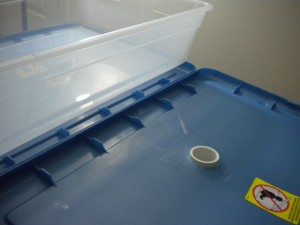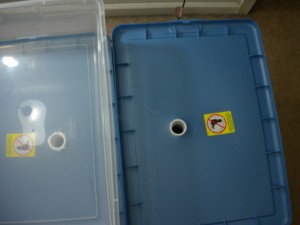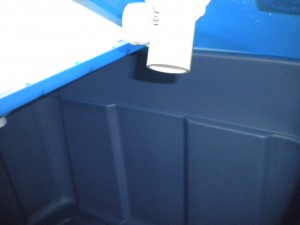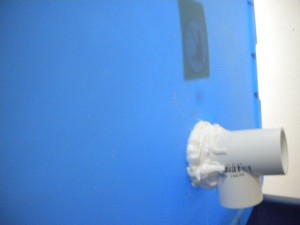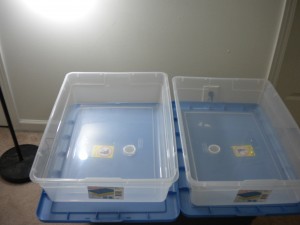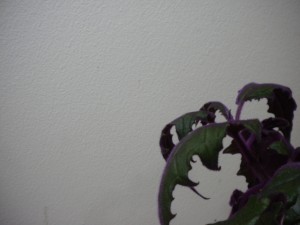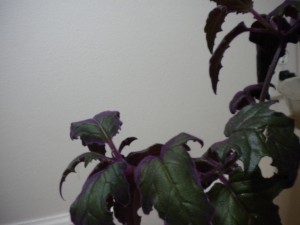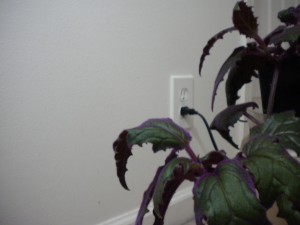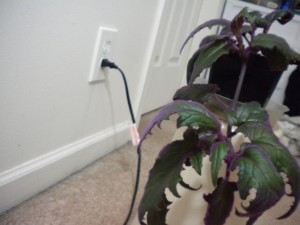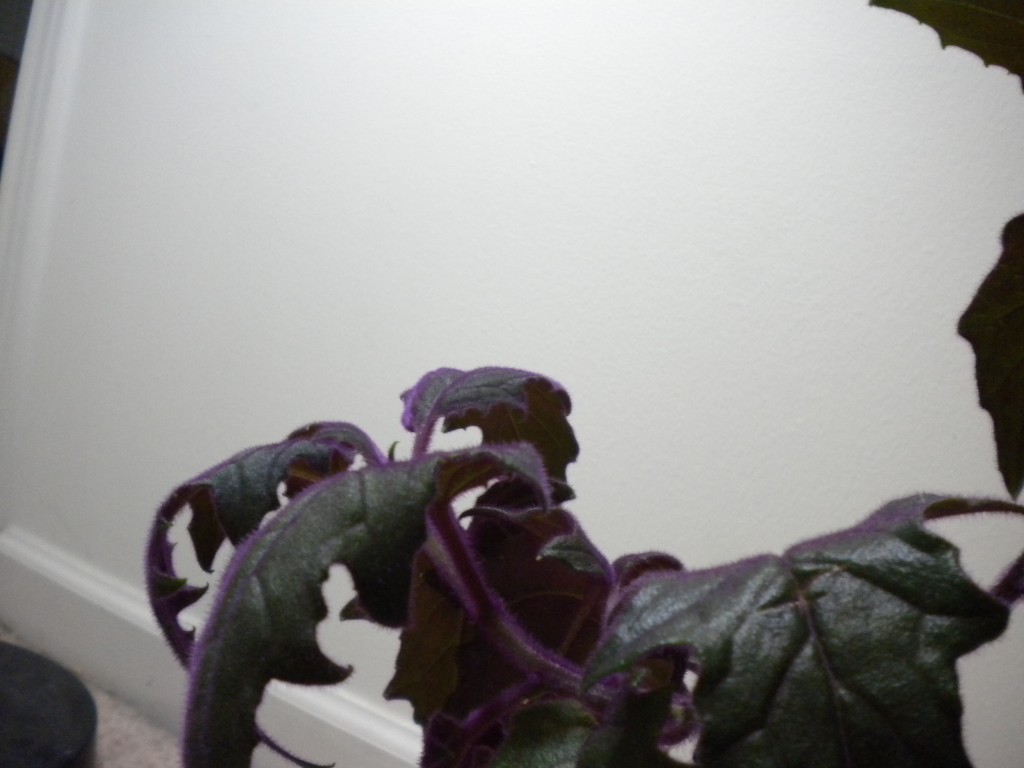If you have wilting clones there could be a number of issues with your hydroponic cloning method. Make sure to have a thermometer to measure temperature and humidity accurately throughout the day. You can find digital ones at a department stores or hydro shops that will tell you the current and high/low temps and humidity throughout the day. The digital ones aren’t expensive in comparison to the knowledge you’ll have. If you are using a metal halide or other high powered lighting system, the clones must be a few feet away so they receive minimal light. If they get too much light they will try to work too hard with roots they don’t have.
If the temperature is getting to be in the 80’s F move the lights up more or add a circulation fan on a timer so the humidity stays high. Having a fan on for an hour at a time 2 or 3 times a day will really help to move the hot air. Try to use cool burning bulbs like fluorescent tubes so your temperature will stay down. A high humidity of 90% or higher will help your fresh cuttings more than anything else. Spray the walls of a clear container with water and put it over your cloning system. You can also attach spray emitters to a small water pump to spray water automatically for the first few days to ensure success rate. The humidity needs to be high so the leaves of the cutting can absorb water from the air because it does not have any roots to do that job yet. It may need a small hole or two for air flow so the temperature stays low and the cuttings have access to as much oxygen as they need.
Use an aeroponic or deep water culture method with aerated water to keep the roots or stems in a 100% humidity environment until they are established for transplant. You can find cloning systems at your local hydroponics store, online, or even build your own! Hardware stores and hydroponic shops should have pretty much everything you need to build your own.
